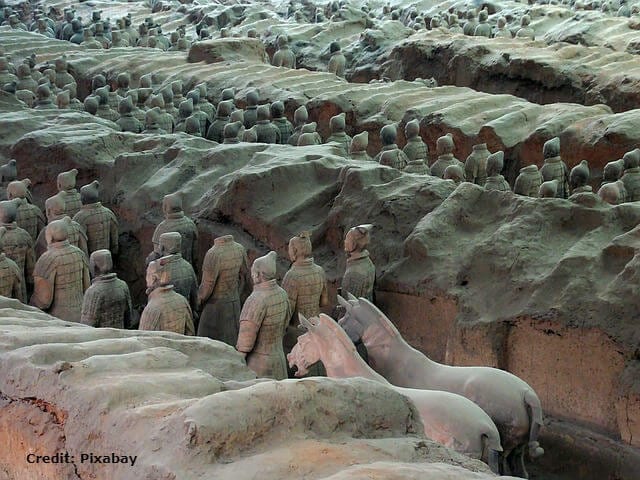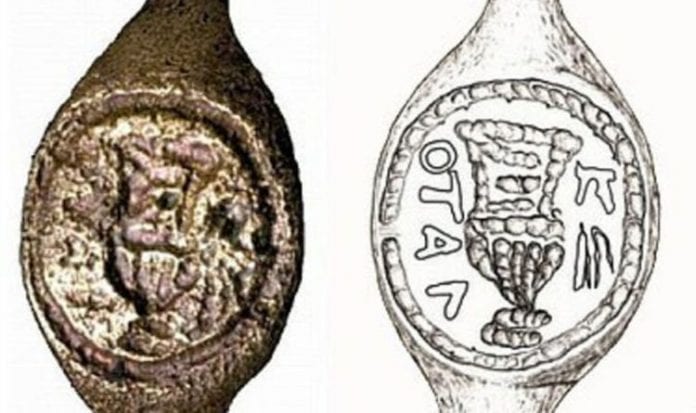Throughout history, technology has stood at the foreground of advancement in so many fields of study such as medicine, engineering, astronomy, archeology, aeronautics, physics to computer science. The advancements in technological capability have provided answers to baffling and/or in some cases, cold cases that have thrown researchers for a loop. Many of these cases exist in these and many other fields, especially in archeology.
Relatively recent improvements in new technologies, in the case of archeology, have created opportunities never before seen and has led to the understanding of the deep part of history.

These new technological methods, which include new imaging equipment and DNA sequencing among others, offer a vision of the past that just was not possible as recently as 10 years ago; a view that not only expands our understanding of the world around us but allows us to approach other issues that had not been previously considered.
One example of the extraordinary breakthroughs that technology is now enabling is how archeologists can now apply stable isotope analysis to calcified bone remains to determine the diets of our ancestors. Archeologists can also go so far as to categorize how an individual’s diet changed over time, which is nothing short of astonishing.
Another recent example of the impact of the power of technology, from an archeological perspective, is how an engraved name was identified on a 2000-year-old ring discovered near Bethlehem nearly 60 years ago. What is surprising is that the name had remained invisible all this time. It wasn’t until very recently, thanks to advances in high-tech photography and imaging techniques, that archeologists were able to decipher the cryptic inscription. As it turns out, the ring is now believed, in some quarters, to have belonged to Pontius Pilate, one of the most famous biblical figures of all.

Even more astonishing perhaps is the tale of a tiny reptile, whose fossil was initially misidentified in the year 2003, and is now believed to be the mother of all lizards. Recent advances in scanning and computed tomography machines have allowed archeologists to correctly identify specific skeletal structures which had remained unseen until now. These newly identified features gave way to our entire understanding of reptile evolution and upend the previously held lizard ancestry model.
Our society is moving toward a model of inexorable globalization, and therefore, history becomes so much more relevant to our identities. Archeology now stands poised to become a fundamental force moving forward. With the world in so much turmoil, knowing and understanding our past could afford us an invaluable opportunity to learn and improve our current society.
As newer technologies continue to be developed and expanded, such as is the case with remote sensing, photogrammetry, and new DNA sequencing methods, so will our understanding of the past continue to grow exponentially. Who knows what can be learned tomorrow, and how the new understanding will help change the world.









